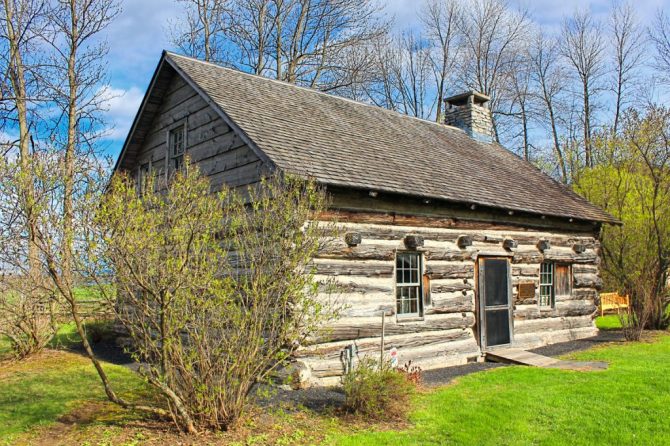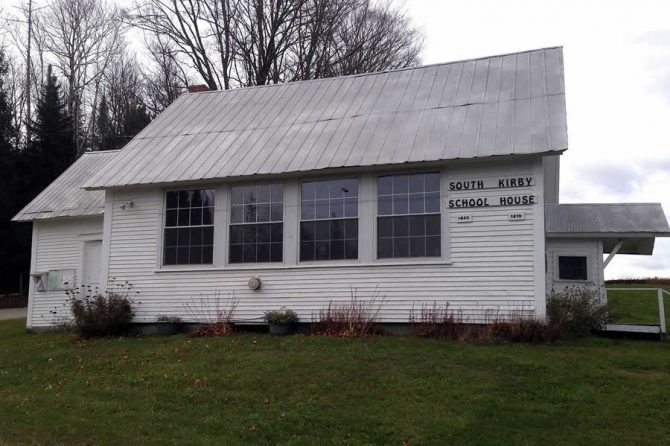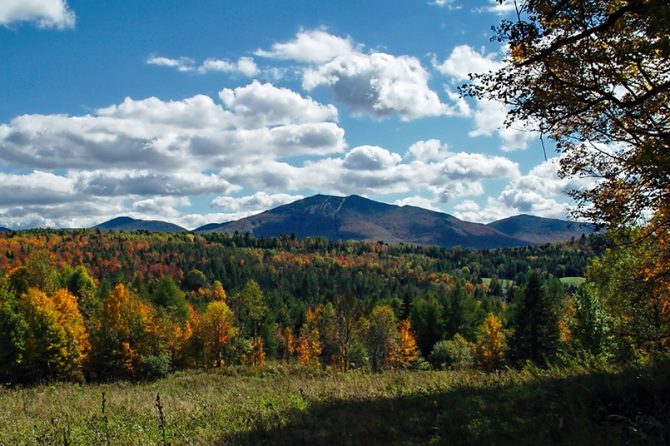Nestled at the foot of the Great Falls in Vermont, on the sturdy bedrock wall, lies an intriguing prehistoric petroglyph site that has captivated researchers and visitors for centuries. The Village of Bellows Falls is the proud host of two remarkable petroglyph clusters, situated a mere 50 feet south of the Vilas Bridge, which spans the majestic Connecticut River.
Top photo courtesy of Chad Abramovich of Obscure Vermont
Enigmatic Carvings
These enigmatic carvings, featuring rounded heads with minimalistic features such as eyes and mouths, have sparked the imagination of those who have encountered them. Some of the figures even boast protuberances resembling horns or antennae, possibly representing feather adornments worn as hair decorations. The exact age of these petroglyphs remains a mystery, with estimates ranging from 300 to 3,000 years old.
The first recorded account of these fascinating carvings comes from researcher David McClure, who, in 1789, noted the apparent antiquity of the figures and attributed them to the indigenous Abenaki people of the region. McClure believed that the etchings served as markers for the presence of malevolent spirits. Nearly two decades later, in 1807-1808, writer and antiquarian Edward Augustus Kendall put forth the theory that the carvings were merely idle doodles created by Abenaki fishers as they harvested the bountiful fish found at the base of the falls. This theory prevailed for generations, despite the lack of input from the local Abenaki community.
Stone Carvings
Throughout the 19th century, various white men documented and sketched the stone carvings, often depicting something quite different from what is visible at the site today. This discrepancy raises questions about the potential erosion caused by the turbulent waters of the falls or the accuracy of the men's accounts.

An Unfortunate Attempt at Preservation
In an unfortunate attempt at preservation, a local chapter of the Daughters of the American Revolution commissioned a professional stone carver to “recarve” the fading figures in 1930 or 1931. Furthermore, in 1961, the faces were painted a vivid yellow to enhance their visibility. These actions, while well-intentioned, have complicated the dating and identification of the petroglyphs and can be seen as destructive and disrespectful to a site that holds significance for some Abenaki people.
Abenaki Folklore
The westward orientation of the carvings has led to speculation about their potential meaning. In Abenaki folklore, it is believed that a deceased person's soul journeys westward upon leaving the body. This has led some to suggest that the faces may have served as waymarkers, guiding souls to the afterlife. The discovery of an Abenaki burial ground in close proximity to the site lends credence to this theory, although the true meaning remains unknown.
Location of the Bellows Falls Petroglyphs
The Bellows Falls petroglyphs site is located on the west bank of the Connecticut River, at the base of the Great Falls. The two sets of petroglyphs, situated at elevations of 252.2 feet and 256.6 feet relative to the river's flood and spring run-off levels, are immediately visible south of the Vilas Bridge. The site is flanked by a high masonry retaining wall supporting rarely-used railroad tracks to the west and the Connecticut River to the east. The petroglyphs are carved into massive, steeply angled, water-worn granite bedrock that extends both north and south of the site.
The northernmost cluster of carvings features eight “heads” occupying a five-foot by thirty-inch surface, while the southernmost group is larger, with sixteen “heads” spanning a ten-foot by three-foot section of rock. Visitors to the site are encouraged to proceed with care and respect, preserving this fascinating piece of history for future generations to appreciate and study.
Thank you for reading this post, don't forget to subscribe to our email list for the latest news!





